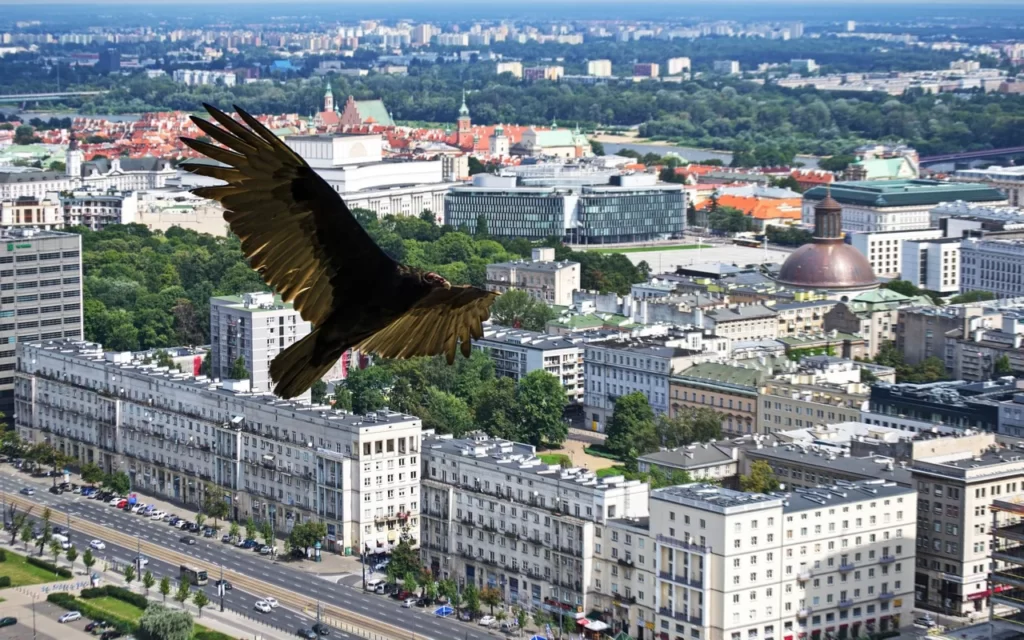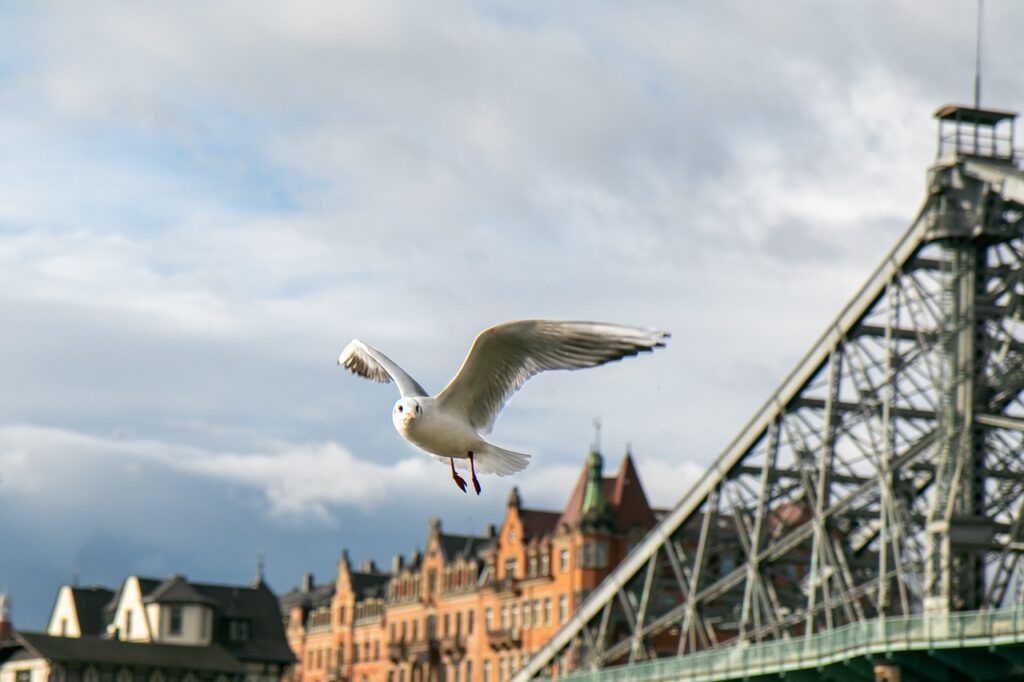Bird populations have plummeted due to urbanization, affecting functional diversity and migratory patterns. Cultural diversity suffers – there is less information about bird behavior.

Exploring the fauna, researchers estimate that in 2023, there will be around 9,900 and 11,200 different species of birds worldwide. However, their population has steadily declined. 48% of avian species are suspected or confirmed to be declining.
Over the past century, widespread urbanization has been the most significant factor that has had an effect on Earth’s biosphere. This is an important reason why so many bird species are disappearing at an alarming rate.
Some unintended consequences of urbanization include the disruption of migratory bird paths, lower food availability, collisions with buildings, fewer trees, and increased noise and air pollution.
The loss of cultural and functional diversity in bird populations due to urbanization is discussed in this article in light of other related research and articles.
Decline of Cultural Diversity
Image Courtesy: Pixabay

Bird watching has an effect on the psychological well-being of humans. However, an estimate of the survival of 70% of bird species is threatened by rapid deforestation, including several that are culturally valued by humans. Adding to this topic, here are the aspects of how bird cultural diversity is facing a reduction.
Cultural Diversity Significance
Birds have long been known as of utmost importance due to their cultural value in various regions globally. The significance of this notion cannot be overvalued. Hence, it often acts as a subject for numerous research papers. To better understand and write about cultural diversity, you can use samples of topics for diversity essay for free, highlighting the related regional insights in the respective niche. To make an example of this notion, look at the following idea. With respect to birds, Native Americans revere eagles as sacred creatures, seeing signs of bravery and strength in them. Eagles are accorded the highest esteem by these people and have high cultural significance. The raven represented knowledge and illumination in ancient Roman and Greek culture. The raven was also considered a herald of good fortune in Japanese culture.
Furthermore, according to traditional Chinese folklore, bluebirds usher in springtime, symbolizing rebirth and better times ahead. Mexicans keep honoring numerous bird species for the mystical abilities they are believed to possess.
There is also monetary and visual appeal they provide to their communities. Large-scale urbanization has caused decreased breeding success of eagles and bluebirds, which decreased cultural diversity.
Lack of Bird Behavior Knowledge
There has been a downward trend in knowledge about bird behavioral patterns and natural habitats as more people have moved from rural to urban lands along the urbanization gradient.
There was a greater familiarity with the habits of many animals when more people lived in rural settings. But with urban expansion, a population shift to cities has an effect on decreasing the cultural diversity of birds.
Lack of Bird-Related Events
In the past, there were bird-watching enthusiasts in abundance. However, the exponential reduction in their numbers may be attributed to the growing urban gradient. In older times, there were bird books and ornithology guides containing all the native bird’s details with images due to the abundance of bird species to recognize. Because of this, bird-watching events were a regular thing.
The general fall in bird species and their migration to grasslands due to deforestation and the development of urban zones had an effect on a drop in bird-related events and festivals. This has immensely affected the fall in cultural diversity regarding birds.
Birds these days are the target of conservation efforts due to their symbolic cultural, and functional significance. There exist efforts such as incorporating local indigenous plant species into city landscapes.
To prevent bird deaths caused by reflected glass, encourage the adoption of construction regulations that are bird-friendly. Reducing water and air pollution from factories using filters to preserve endangered bird species also matters.
Decline of Functional Diversity
The depletion of the functional bird diversity caused by urbanization threatens the sustainability of ecological benefits and other aspects.
Effects On Seed Dispersal
They play an essential role in pollinating and spreading the seeds of a variety of useful plants, including trees. According to a published research paper dated 2022, plant communities on the surface have declined in the city spaces, shifting towards greener landscapes due to the urbanization gradient.
Because of this, fewer seeds are now available to disperse, affecting the functional diversity. Moreover, fewer species choose to reside in loud environments due to noise pollution.
The natural habitat of birds is sufficiently quiet. Thus, their population in related urban areas suffers. Persistent loud noise, mainly by traffic, has an effect on hearing and may generate an auditory covering.
This suppresses the auditory signals birds depend on to navigate and recognize predatory animals, rivals, and other species, affecting functional diversity. As an example, bluebirds may produce fewer offspring if exposed to high levels of noise.
Predator-Prey Imbalance
The trajectory of birds’ interactions with other creatures, such as insects and rodents, is affected by urbanization. This has a direct influence on functional diversity. As a result of their predatory nature, urban environments rely on insectivorous birds to perform a number of important ecological functions.
Decreased bird species in these regions may leave a void. This can also have an effect on pest control through birds, as there is also a decrease in insect population on the surface level.
Migration Hindrance
As surveyed by researchers, to a lesser or greater extent, urbanization can negatively impact their migration habits along the urbanization gradient. This is associated with climate conditions, infrastructural problems, and their supply of food.
Modifications to the landscapes threaten the existence of migrating birds and alter their routines, which impacts functional diversity. To put it simply, through densely populated regions, they often encounter obstructions that hinder their course.
Several birds die or suffer injuries every year due to problems with urban infrastructure, particularly impacts with glass window buildings.
Survival
The health and survival of specific bird species are put at risk when chemicals pollute the air and toxic metals pollute the waterways. To the degree these species are out in the open air in urbanized areas, they’re susceptible to being impacted by airborne pollutants.
Particles that are of this size can be so minute that they may penetrate even the farthest air passages in the lungs. Continuous contact with PAHs, produced by automobile traffic, has been linked to lower rates of egg formation and development.
These also cause effects like stunted avian development, according to studies. This alone has caused a decrease in a variety of bird species in urban spaces as they have to adapt to new foraging patterns. This aspect plays a big part in the decline of functional diversity.
Final Thoughts
When it comes to the health of our ecosystem and diversity, birds are essential. As we’ve observed in this essay, however, expanding human populations have had a negative effect on the cultural and functional diversity of the bird population. This is consistent with the direct killing of birds, a decrease in their prey, and the obstruction of their migratory routes.
Birds’ cultural value is clearly diminishing as well, as a result of their widespread decline and the general lack of information regarding them. With increasing industrial structures and concrete buildings, the natural bird population has been forced to adapt to these changes for survival.
They have changed their calls for navigation to overcome noise pollution or shifted their habitat to secluded building areas to live in. Since all this has a direct impact on related ecological factors, proper bird conservation is crucial.